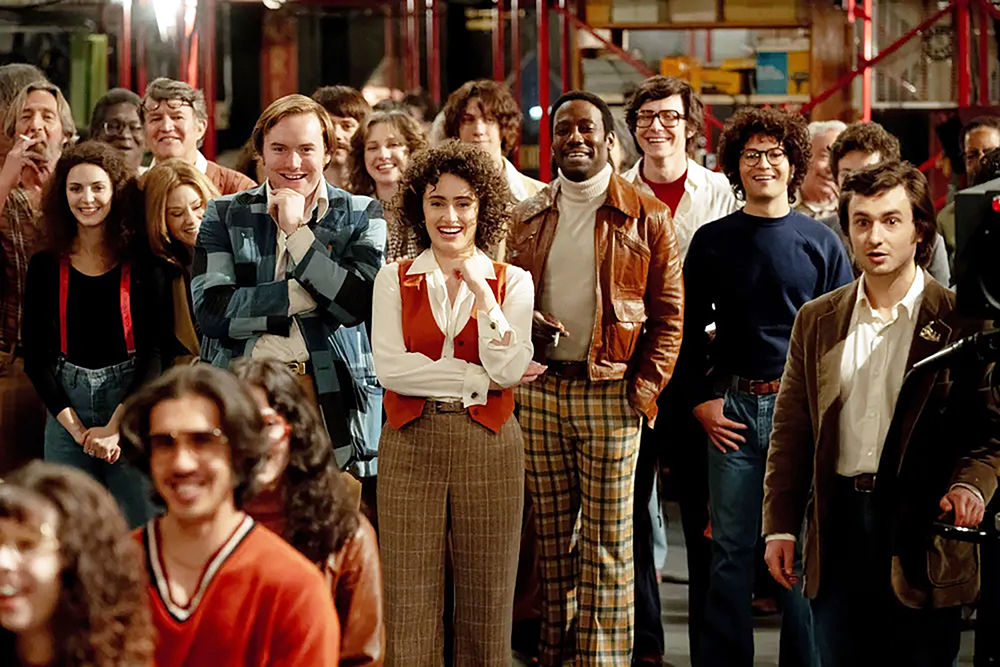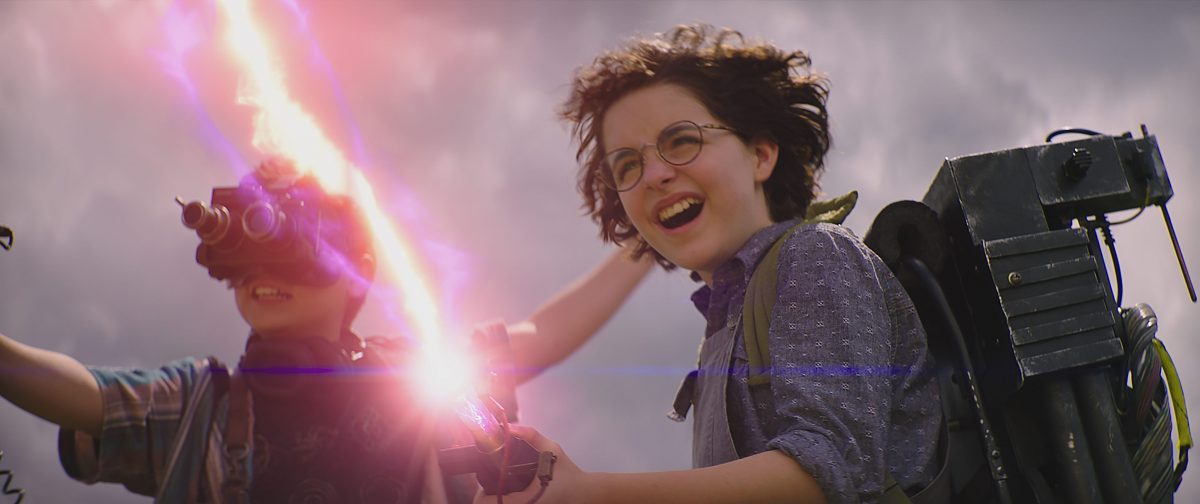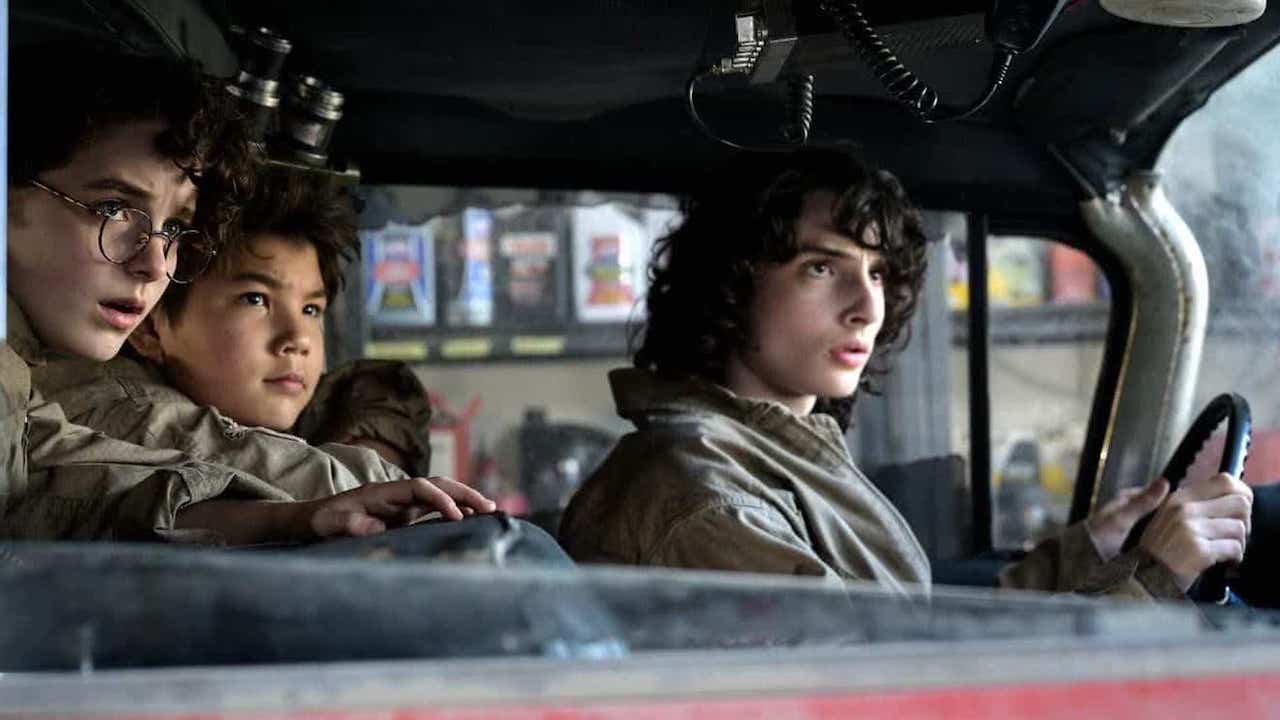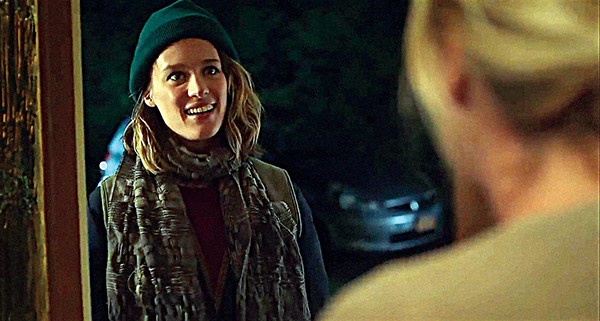Nearly every comedian who has ever worked with him has a Lorne Michaels imitation in their repertoire. Mike Myers, for example, famously based Austin Powers’ nemesis Dr. Evil series on the legendary TV producer. Michaels, a Canadian who got his start in the late 1960s writing for Rowan & Martin’s Laugh-In, holds the record for the most Emmy nominations (106), with 21 wins. His most famous and enduring creation, Saturday Night Live, holds the record for the most Emmy wins, taking in 92 trophies over the 50 years since its debut in 1975.
Michaels is, by all accounts, a demanding and no-nonsense boss, beloved and hated in equal measures. But I guess you have to be like that if you’re going to pull off something as audacious as a 90-minute live television broadcast of original comedy every week for decades. It’s telling that SNL’s creative nadir coincided with Michaels’ four-year hiatus from the show in the early 1980s. SNL may not drive the cultural conversation the way it used to, but it’s still here, and, thanks to its format of short comedy skits, it’s still relevant in the social media era.
Saturday Night is billed as an origin story for Saturday Night Live, but like SNL itself, it’s really the Lorne Michaels show. Michaels is played by Gabriel LaBelle, who recently portrayed young Steven Spielberg in The Fabelmans, as a brash youngster in way over his head. Interestingly, LaBelle is 22, while Michaels was 31 when SNL first went live from New York on October 11, 1975. That’s two years before director Jason Reitman was born. He and co-writer Gil Kenan chose to model their film after González Iñárritu’s Best Picture winner Birdman, a near-real-time account of the backstage drama on the night a play premieres. This approach necessitates quite a bit of historical revision. While the opening night was apparently a pretty fraught affair, it did not include moments like Milton Berle (J.K. Simmons) whipping it out, or Garrett Morris (Lamorne Morris, no relation) singing, “I’m gonna get me a shotgun and kill all the whities I see!”
Both of those things did happen later in the first season, though, and this isn’t a documentary. SNL lives or dies every season on the strength of its ensemble, and so does Saturday Night. The main cast, all of whom became legends in their own right, is well represented. Cory Michael Smith is just a little too good looking to be Chevy Chase, but he’s got that frat boy arrogance down. Dan Aykroyd always kind of seemed like he was doing a character, even when he wasn’t, so Dylan O’Brien’s job is a little easier. Matt Wood most closely resembles his character, John Belushi, but the legend’s manic energy is hard to fake without mountains of cocaine. (One of the film’s funniest bits is when Morris shows Belushi some pharmaceutical grade yayo he’s been gifted by Billy Preston (Jon Batiste, who also did the score), and Belushi promptly snorts the whole vial.) Gilda Radner (Ella Hunt) and Laraine Newman (Emily Fairn) seem rather thin and underutilized, but then again, that’s how the show treated them in the first season. Jane Curtin (Kim Matula) has her best moment with Morris, wondering what the hell they’re doing here.
They weren’t the only ones. The NBC brass, represented by Dick Ebersol (Cooper Hoffman) and David Tebet (Willem Dafoe), seem confused as to what is actually going on the air at 11:30 p.m. Eastern. The biggest historical revelation from the film is that SNL was green-lit to put pressure on Tonight Show host Johnny Carson, who was negotiating a new contract with NBC at the time. Only Rosie Shuster (Rachel Sennott), Michaels’ ex-wife and writing partner, believes in his vision — whatever it is.
The “Let’s put on a show!” structure ultimately serves Saturday Night well because it forces the filmmakers to keep the individual bits, culled from interviews with the surviving first season cast and crew, short and punchy. It also keeps the moments of maudlin hagiography to a minimum. Saturday Night plays like a good episode of SNL: lots of amusing bits, a couple of belly laughs, and it never outstays its welcome.
Saturday Night
Now playing
Multiple locations



